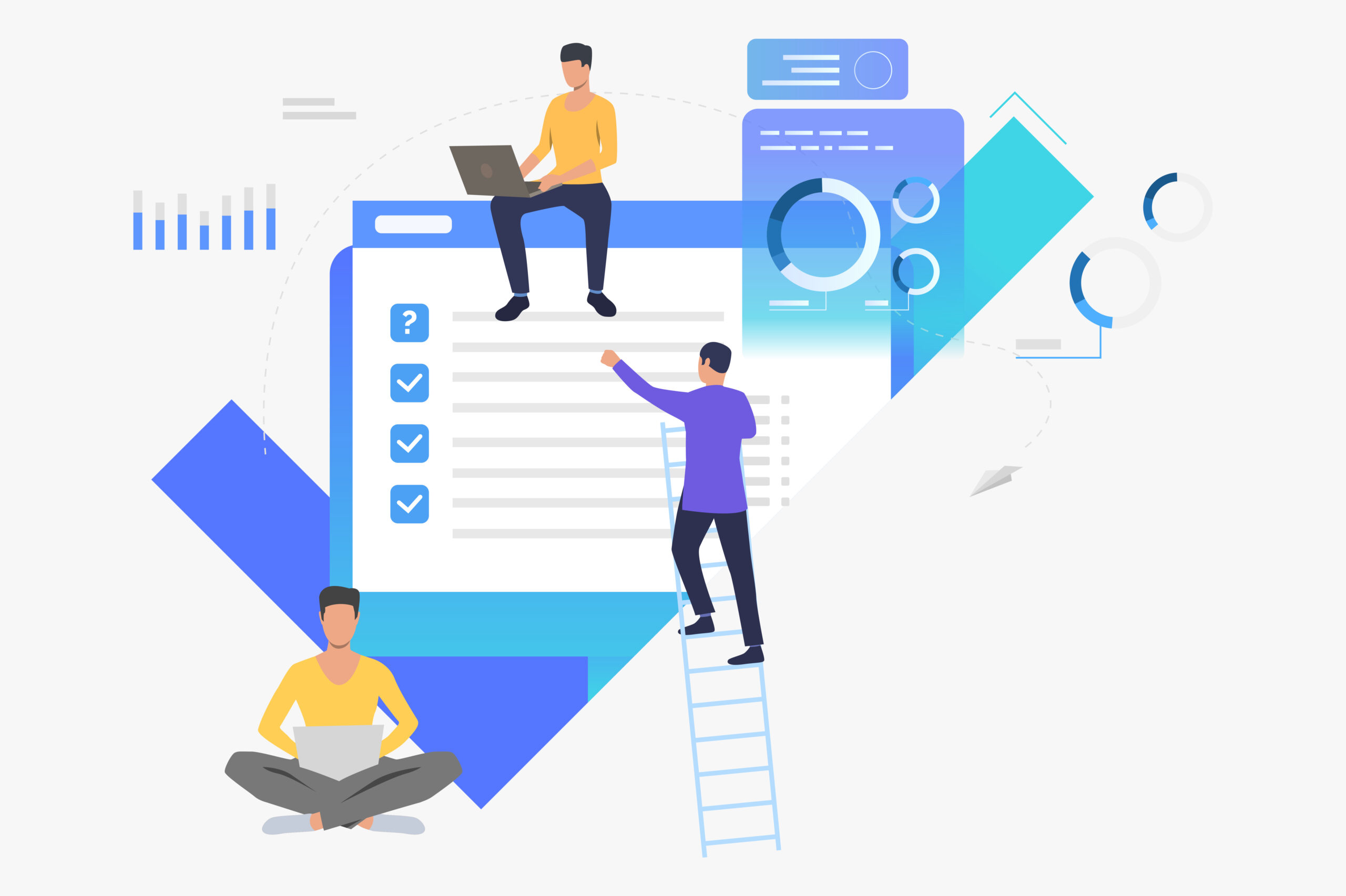In today’s fast-paced business landscape, organizations are continually seeking ways to optimize their operations and improve efficiency. One critical aspect of any successful enterprise is its human resources management, and this is where HRMS (Human Resource Management System) plays a pivotal role. HRMS is a comprehensive software solution that streamlines various HR processes, from recruitment and onboarding to employee records management and payroll. However, the true potential of HRMS is unlocked when it is seamlessly integrated with other business systems. In this blog, we will explore the significance of HRMS integration and how it enhances HR efficiency and collaboration across an organization.
The Power of Integration: Breaking Down Silos
Businesses today operate with multiple systems, each designed to manage different aspects of operations – finance, sales, customer relationship management (CRM), project management, and more. While these systems are valuable in their respective domains, they often exist in isolation, creating data silos and hindering cross-functional collaboration.
HRMS integration, on the other hand, breaks down these silos and fosters a cohesive ecosystem where data flows seamlessly between different business systems. This means that HR data, such as employee information, time and attendance records, and training data, can be automatically synchronized with other departments’ systems, creating a unified and up-to-date data repository.
Streamlined Workflows: Automating Data Transfer
One of the primary advantages of HRMS integration is the automation of data transfer between systems. Rather than manually entering data in multiple systems, integration ensures that information is synchronized in real-time, reducing the risk of errors and duplication. For example, when a new employee is onboarded through the HRMS, their information can be automatically transferred to the payroll system, ensuring accurate and timely salary processing.
Moreover, integrating HRMS with project management systems allows for better resource planning and allocation. Project managers can access HR data to determine employee availability and skill sets, facilitating efficient project execution.
Enhanced Employee Experience: Empowering Self-Service
Integration enables employees to access relevant information through self-service portals. When HRMS is integrated with the company’s intranet or employee portal, employees can perform various tasks themselves, such as updating personal information, applying for leave, or checking pay stubs. This reduces the burden on HR personnel and empowers employees with greater control over their HR-related activities.
Improved Decision-Making: Leveraging Data Insights
Data-driven decision-making is at the core of modern business strategies. HRMS integration contributes to this by providing comprehensive insights into HR-related data. When HR data is integrated with business intelligence (BI) or analytics systems, HR and business leaders can make informed decisions based on real-time workforce analytics. This includes identifying areas for performance improvement, tracking employee engagement levels, predicting turnover risks, and optimizing workforce planning.
Efficient Recruitment and Talent Management: Integrating with ATS and CRM
Recruitment is a crucial function of HR, and integrating HRMS with Applicant Tracking Systems (ATS) and CRM can significantly improve the recruitment process. Job applicants’ information can flow seamlessly from the ATS to the HRMS, simplifying the onboarding process for successful candidates. Moreover, integrating HRMS with CRM allows HR teams to maintain candidate and employee records in a unified system, improving candidate relationship management and enhancing the overall talent acquisition process.
Data Security and Compliance: Ensuring Information Integrity
Concerns about data security and compliance are paramount in today’s digital era. When integrating HRMS with other business systems, data security measures must be implemented to safeguard sensitive employee information. Encryption, access controls, and role-based permissions are some of the security features that organizations should prioritize to maintain data integrity and compliance with data protection regulations.
Conclusion: Embracing HRMS Integration for Success
In conclusion, HRMS integration with other business systems is an indispensable step towards maximizing HR efficiency and promoting cross-functional collaboration. By breaking down data silos and streamlining workflows, integration empowers organizations with real-time access to comprehensive HR insights. This, in turn, drives data-driven decision-making, enhances employee experience, and optimizes various HR processes.
To fully leverage the power of HRMS integration, organizations must carefully evaluate their current systems, select compatible solutions, and collaborate with experienced HRMS providers to implement seamless integration. With the right integration strategy, businesses can unlock the full potential of their HRMS and propel themselves towards greater success in the dynamic world of modern business.

